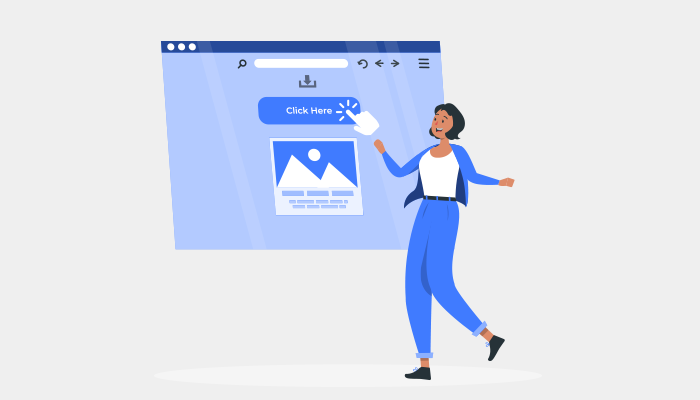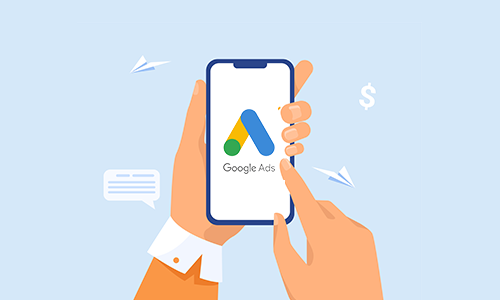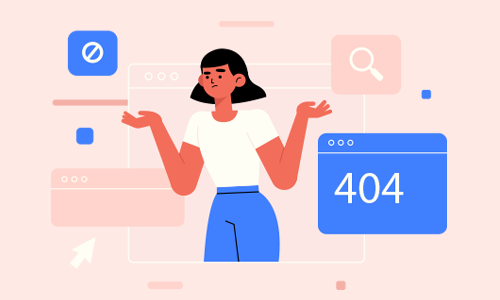One of the most important things to note while making the website is that Google Ranking is largely influenced by Website Performance and User Engagement. Moreover, User Experience depends on the website loading and page loading speed.
Statistics say that a 1-second delay in loading the page drops a serious number of views, customer satisfaction, and conversion rates. Thus, here are some website optimization techniques to improve the performance of the website for better statistics:
How to improve website loading speed?
The basic technique to improve the loading speed or a thumb rule is to know what the users need from your site. Here are the key points:
- Mobile-Friendly: to switch it on, make your site mobile friendly first. The reason is simple, think how many times do you as a user switch on your Laptop or PC just for collecting information. Thus, you need to make the website more mobile-friendly.
Search Ranking is highly influenced by the Mobile response of the page. Thus, take on various tests to understand the configuration and make proper arrangements for it
- Reduce Picture Size: pictures take more time to load than the content. Thus, optimize your pictures for lower resolution. Moreover, the extension is also a criterion of loading time. For example, the JPG format optimizes to a smaller size whereas PNG retains the base size which makes it much larger.
Combine images into CSS sprites to reduce roundtrips This is a really useful technique that combines commonly used images into a single image file, thus reducing the number of HTTP requests that are required to download the webpage. This feature is implemented through the proper use of the CSS background-image and background-position properties.
- Use of CDN (Content Delivery Network): more traffic on the website more will be the time for loading for one user. Thus, CDNs are present to help you with the time.
CDNs direct the request for the users to the nearest server which sends in the identical copy of the website and keeps the load off the host server. This helps with the load speed and user experiences. website optimization techniques to improve the performance is basically dependent on the users and servers.
- Use Lazy Load: a major Plugin that you need to consider for your site is the Lazy Load. If your page on average has Photos of more than 10 then you need to consider Lazy Load. It will help you to load up your content and first fold at the initial stage and make room for the Photos later.
This helps to retain the web site’s content for the users to see while the server slowly takes up the Photos into consideration. People can take down the useful data from your site and later take a look at the supporting photos for their own good.
Conclusion
You can literally go on and on with the Page Speed and never end but sadly this has to end here. Anyway, you got the initial and very dreamed out idea on how to take on the Page Speed for your Web Site. Website Speed Optimization is one thing that you need to take seriously and these techniques will help you with it. Always check on the Page Speed ranks from Google and other sites and take the recommendation from Google to make it work better.













